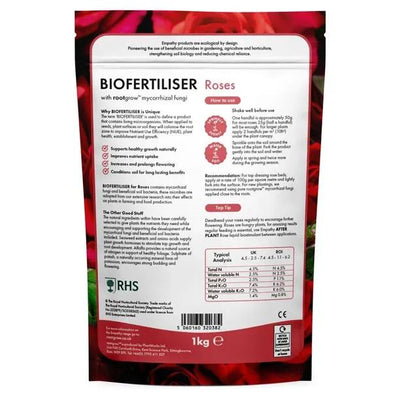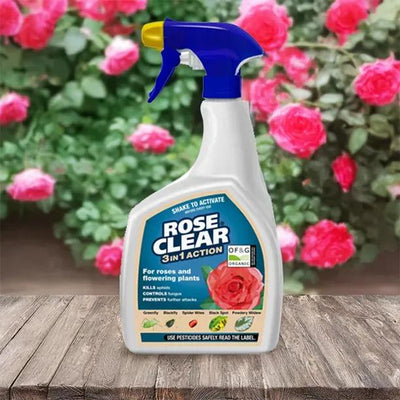Dublin Bay Rose Bushes
Dublin Bay is still the best red flowered, small climbing rose on the market although it's nearly forty years old. Lightly scented but good sized blood red fully double flowers are produced all summer and look fantastic against the dark green foliage which clothes Dublin Bay pretty much from head to foot. The buds make great buttonholes and when fully open the flowers demand attention. As with so many McGredy roses, this is generally healthy and will tolerate light shade.
However it's small - some describe it as growing to 3m (10 ft) but in our experience conditions must be ideal for that. It's wise to budget on a plant that will end up at 2m x 2m (6ft high and wide) so if that is too small for you or if you want to look at roses to plant with Dublin Bay then why not browse our full range of climbing roses for sale here
Great for your garden
Because Dublin Bay climbing roses are on the small side they make excellent pillar roses, growing on the uprights of a pergola for example. It's also a good choice of rose for a small wall space or to grow against a fence of up to 6-7ft (2m) and it'll grow in shadier and colder spots than many other climbing roses. However it's not vigorous enough to grow over a rose arch for example. If you are feeling adventurous however, try growing a Dublin Bay rose as a large, free standing shrub rose. It's sturdy enough to make a good bush about 5-6ft high or you can grow it over a small frame in the border.
Rosa Dublin Bay facts
- Type: Climber
- Colour: Pure red
- Flower shape: Fully-double
- Fragrance strength: Light
- Final height and spread: 6ft x 6ft
- Flowering season: All summer
- Repeat Flowering: Yes
- Disease resistance: Good
History & Trivia
Another rose from Sam McGredy IV. The fourth rose-breeding Sam in an unbroken line. Amazing to think that he left Portadown where he had worked all his life and emigrated to New Zealand to start a new rose breeding venture and bred this there. This has to be a pub quiz question "Who was the only rose breeder to have bred best selling roses in both hemispheres?" He has bred zillions of roses; better known among them are such names as Piccadilly, Irish Beauty, Old Master, Bantry Bay, Trumpeter, Sexy Rexy and Oranges n Lemons.

 Secure, One-Tap Checkout
Secure, One-Tap Checkout
 Hand Picked, Delivered to Your Door!
Hand Picked, Delivered to Your Door! 1 Year Bareroot Guarantee
1 Year Bareroot Guarantee














